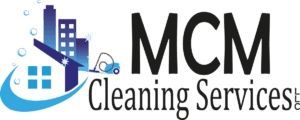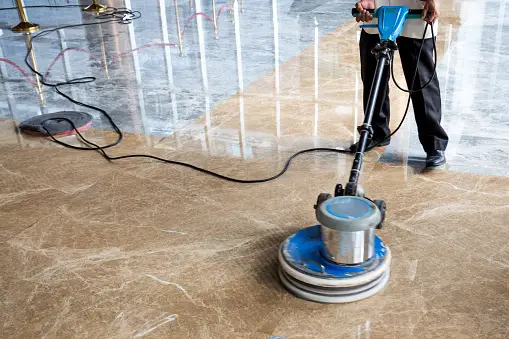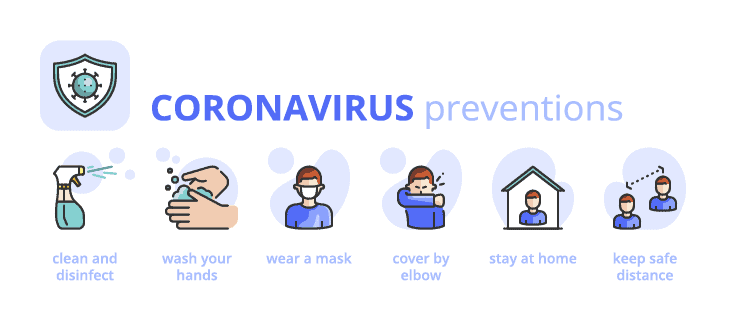
The Science of Disinfection: Protecting Your Home and Business from Germs
Date Posted:
March 7, 2024
Introduction to Disinfection
Disinfection is the process of eliminating or reducing harmful microorganisms, such as bacteria, viruses, and fungi, from surfaces and objects. It plays a vital role in preventing the spread of infectious diseases and maintaining public health.
Understanding Germs and Pathogens
Germs, also known as microorganisms, are tiny organisms that can cause disease in humans, animals, and plants. They include bacteria, viruses, fungi, and protozoa. Pathogens are a subset of germs that specifically cause disease.
Different types of germs have varying modes of transmission. Bacteria, for example, can spread through direct contact, contaminated food or water, or airborne droplets. Viruses often spread through respiratory droplets or by coming into contact with contaminated surfaces.
Importance of Disinfection in Home and Business Settings
Disinfection is essential in both home and business settings to prevent the transmission of infectious diseases. In homes, regular disinfection can protect family members from illnesses and create a safe environment for children and pets. In businesses, effective disinfection is crucial for maintaining customer trust and ensuring the health and safety of employees.
Common Disinfection Methods
There are several methods of disinfection available, each with its own advantages and limitations. Chemical disinfectants, such as bleach and alcohol-based solutions, are commonly used to kill germs on surfaces. UV-C light has also gained popularity for its ability to destroy the DNA of microorganisms, rendering them harmless. Steam cleaning is another effective method that uses high temperatures to kill germs and bacteria.
Factors to Consider When Choosing Disinfection Methods
When selecting a disinfection method, it’s important to consider factors such as effectiveness, safety, and environmental impact. Some disinfectants may be more potent but also more toxic, posing risks to human health and the environment. Others may be safer but less effective against certain types of germs.
Best Practices for Disinfecting Your Home
To effectively disinfect your home, focus on frequently touched surfaces such as doorknobs, light switches, and countertops. Clean these surfaces regularly with an appropriate disinfectant and follow the manufacturer’s instructions for proper application. It’s also essential to disinfect commonly shared items like remote controls and phones.
Disinfection Strategies for Businesses
In businesses, maintaining a clean and hygienic environment is critical for customer satisfaction and employee well-being. Implementing regular cleaning schedules and training staff on proper disinfection procedures can help prevent the spread of germs and minimize the risk of outbreaks. Communicating your commitment to cleanliness to customers can also build trust and loyalty.
Emerging Technologies in Disinfection
Advances in technology have led to the development of innovative disinfection methods, such as robotic cleaners, electrostatic sprayers, and nanotechnology-based solutions. These technologies offer efficient and automated ways to disinfect large spaces and surfaces, reducing the need for manual labor and minimizing human error.
Challenges in Disinfection
Despite the availability of various disinfection methods, several challenges remain. Some microorganisms may develop resistance to disinfectants over time, rendering them less effective. Cost considerations can also limit the adoption of certain disinfection technologies, especially for small businesses or households. Additionally, ensuring compliance with regulatory standards and guidelines is essential to maintaining a safe and healthy environment.
Conclusion
Disinfection is a critical aspect of maintaining a clean and healthy environment in both residential and commercial settings. By understanding the science behind disinfection, choosing the right methods and products, and implementing best practices, you can effectively protect yourself, your family, and your customers from harmful germs and pathogens.
FAQs (Frequently Asked Questions)
- How often should I disinfect my home?
- It’s recommended to disinfect high-touch surfaces in your home, such as doorknobs, light switches, and countertops, daily or several times a week. However, the frequency may vary depending on factors like the number of people in your household and the level of outside exposure.
- Are natural disinfectants as effective as chemical ones?
- Natural disinfectants, such as vinegar, hydrogen peroxide, and essential oils, can be effective against some germs and pathogens. However, their efficacy may vary compared to chemical disinfectants like bleach or alcohol-based solutions. It’s essential to use natural disinfectants properly and ensure they are appropriate for the specific germs you’re targeting.
- Can UV-C light disinfect large areas?
- UV-C light has been shown to effectively kill germs and pathogens on surfaces and in the air. While it can disinfect large areas, it’s essential to use UV-C light devices correctly and ensure proper exposure time for effective disinfection. Additionally, obstacles or shadows may hinder the effectiveness of UV-C light in reaching all surfaces.
- What are some eco-friendly disinfection options?
- Eco-friendly disinfection options include using natural disinfectants, such as vinegar or hydrogen peroxide, which have minimal impact on the environment. Other options include steam cleaning, which uses high temperatures to kill germs without the need for harsh chemicals, and certain biodegradable disinfectant products that are formulated to be safer for the environment.
- How can businesses ensure compliance with disinfection regulations?
- Businesses can ensure compliance with disinfection regulations by staying informed about local health guidelines and regulations related to cleanliness and sanitation. Implementing regular cleaning schedules, training staff on proper disinfection procedures, and maintaining detailed records of cleaning activities can help demonstrate compliance with regulatory standards. Additionally, businesses should stay updated on any changes to regulations and adjust their disinfection protocols accordingly.
To get started, request a quote here.







